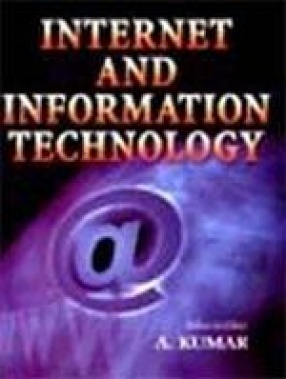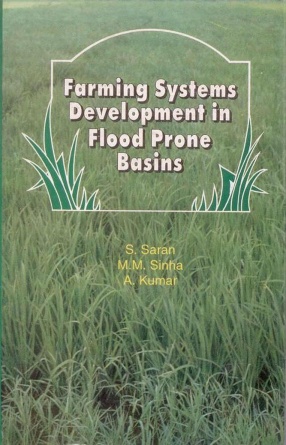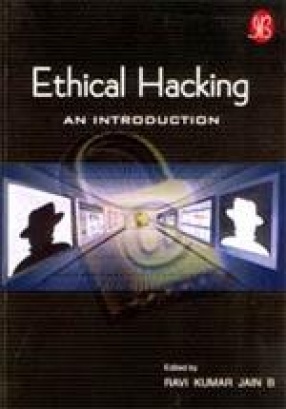The internet is composed of a large number of smaller interconnected networks called internets. The Internet contains the WWW and also includes all the hardware (computers, supercomputers, and connections) and non-WWW software and protocols in which the WWW runs. The difference between the Internet and the WWW is similar to the distinction between a computer and a multimedia program that runs on the computer. Individuals, companies, and institutions use the Internet in may ways. Business uses the Internet to provide access to complex databases, such as financial databases. Individuals use the Internet for communication, entertainment, finding information, and to buy and sell goods and services. The Internet is based on the concept of a client-server relationship between computers, also called a client/server architecture. In a client/server architecture, some computers act as servers, or information providers, while other computers act as clients, or information receivers. Personal computer and workstations, however, are now capable of acting as Internet servers due to advances in computing technology. A client computer is any computer that receives information from a server and is often a personal computer. Access to the Internet falls into two broad categories: dedicated access and dial-up access. Individuals, companies, and institutions use the Internet in many ways. Business uses the Internet to provide access to complex databases, such as financial databases. Individuals use the Internet for communication, entertainment, finding information, and to buy and sell goods and services. This work contains latest and useful information on Internet and Information technology.
Internet and Information Technology
In stock
Free & Quick Delivery Worldwide
reviews
Bibliographic information
Title
Internet and Information Technology
Author
Edition
1st ed.
Publisher
ISBN
8126111895
Length
x+438p., 25cm.
Subjects








There are no reviews yet.